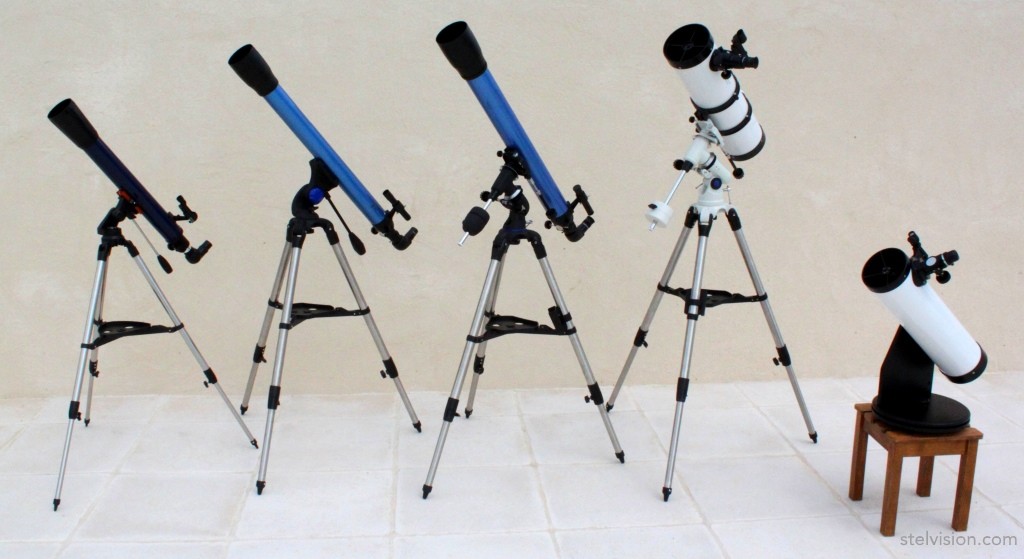Choosing a telescope can be a daunting process if you don’t know what you’re looking for. There are many different types and sizes available, but some telescopes may be better suited to your needs than others.
Aperture
The aperture is the diameter of the main lens or mirror inside a telescope. This is the most important factor in determining how much detail you’ll be able to see when looking through the telescopes. The larger the aperture, the more light will be gathered by the telescope and brighter objects such as planets and deep sky objects (DSO) will appear.
Magnification
Magnification refers to how large an object appears when viewed through your telescope. The magnification of a telescope is determined by dividing its focal length by that of the eyepiece used with it. A higher magnification means you’ll see a smaller field of view, but objects will appear larger within that field of view (this allows you to see more detail).
Telescopes come in all shapes and sizes. The most common types are refractors and reflectors, but hybrid telescopes use both of these methods. Hybrid telescopes are generally more expensive than either refractors or reflectors alone, but they offer more versatility with features such as different eyepieces for different magnifications.
Refracting telescopes use lenses to focus light into an image. They’re best for viewing objects that are nearby — within our solar system or nearby galaxies — because they show much more detail than reflectors do. Refracting telescopes can also be used for astrophotography: taking pictures of stars and other celestial bodies without using a camera sensor (although this requires a specific type of camera). You can check Celestron UK for more information.
Reflectors use mirrors at each end of their tubes instead of lenses, so they can be cheaper than refractors while still offering good image quality. There are two main types of reflector telescopes: Newtonian reflectors and Dobsonian reflectors. Newtonian reflectors have an open tube design with secondary mirrors that help focus light onto an eyepiece at the other end of the telescope tube, while Dobsonian reflectors have sealed tubes with primary mirrors at each end that are angled toward each other by about 45 degrees.
What do you want to see? There are so many things to see in the night sky, from planets and stars and galaxies, to nebulae, comets and even asteroids. If you want to see these things through your telescope, then it pays to choose one that is well-suited to that purpose. For example, if you want to see planets and stars, then reflectors are better than refractors because they don’t suffer from chromatic aberration (color fringing). If you want to see deep sky objects like nebulae and galaxies, then a Dobsonian reflector or catadioptric scope will be best suited as they have large mirrors (or lenses) that gather more light than smaller ones found in refractors. You can check Nexstar 8SE for more information.





